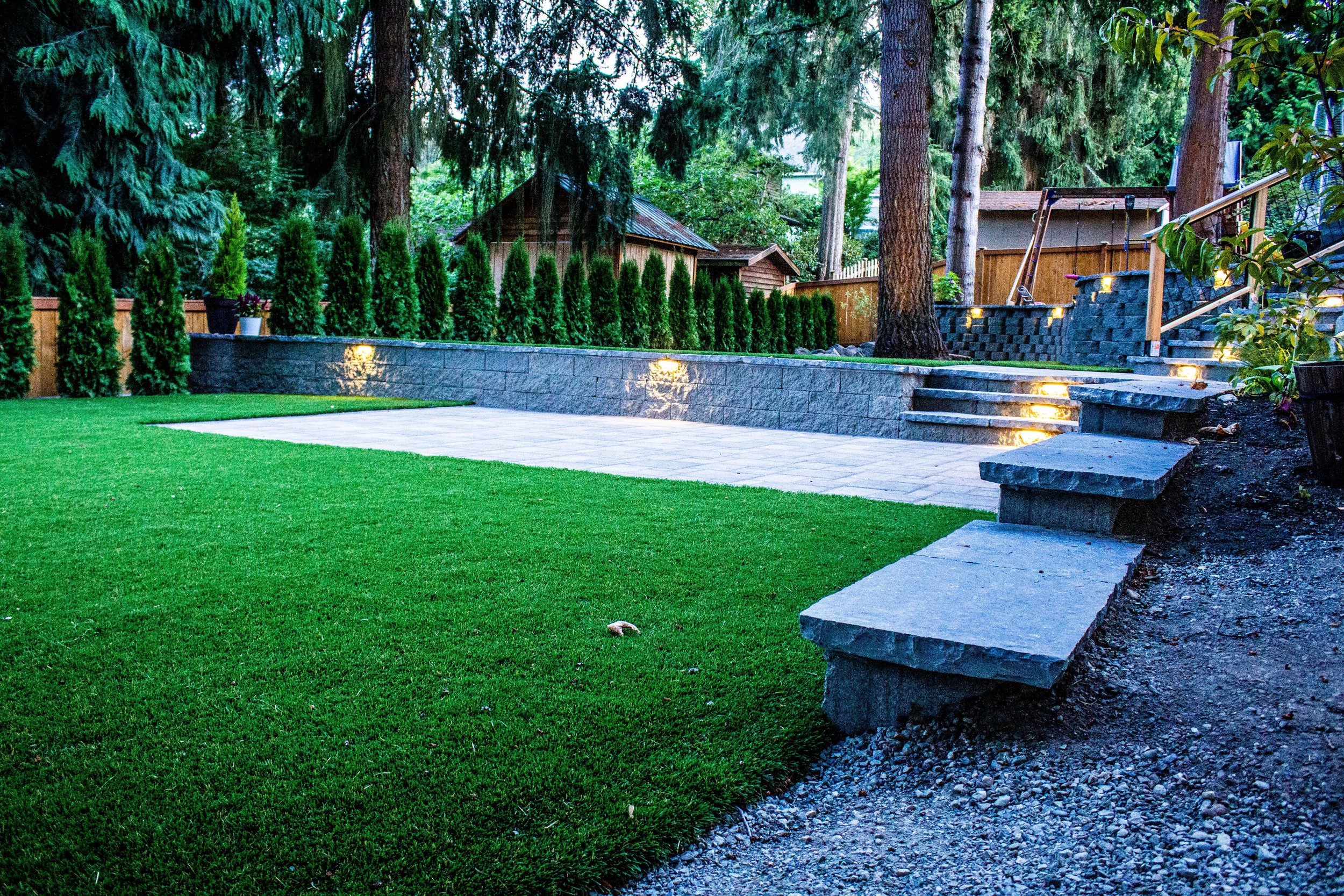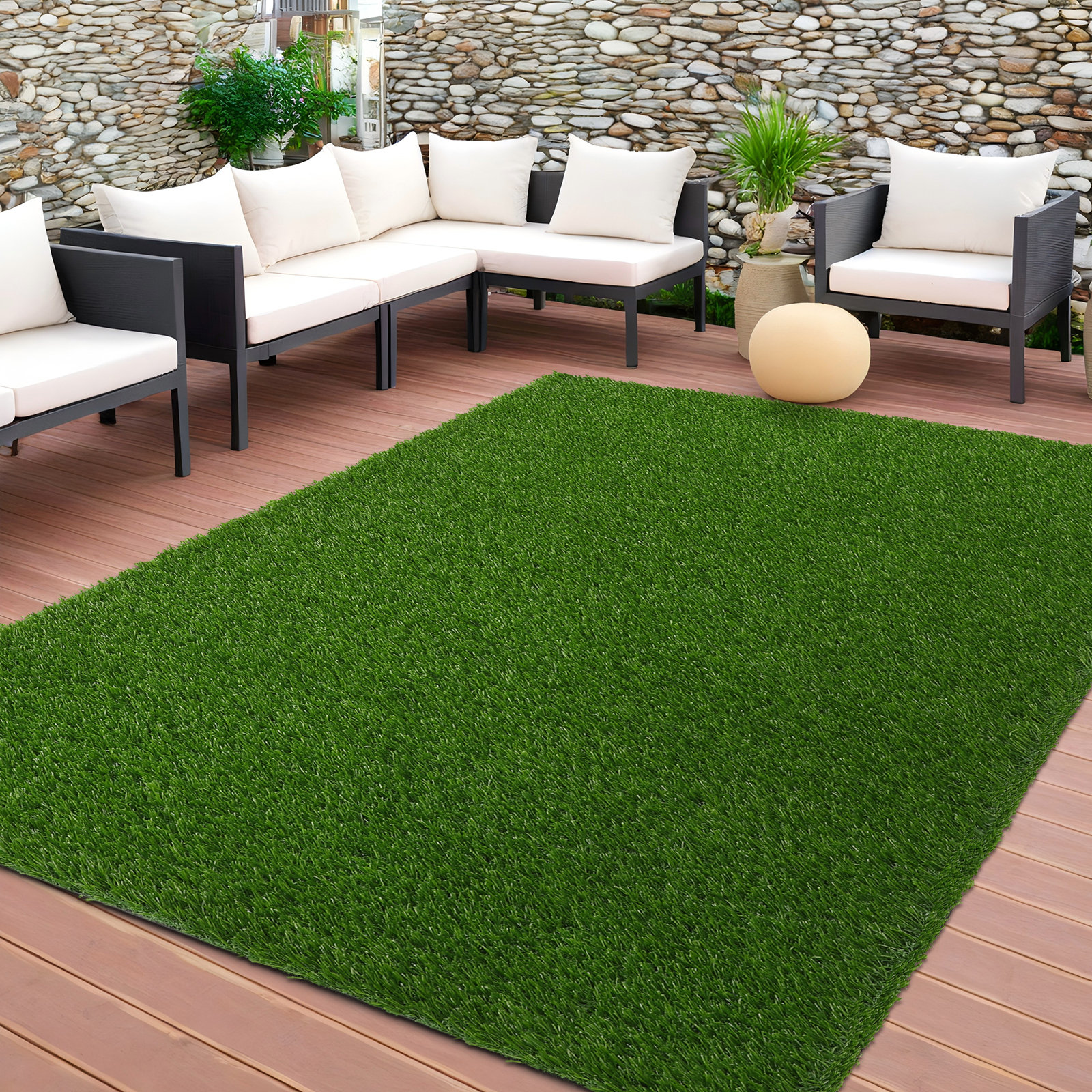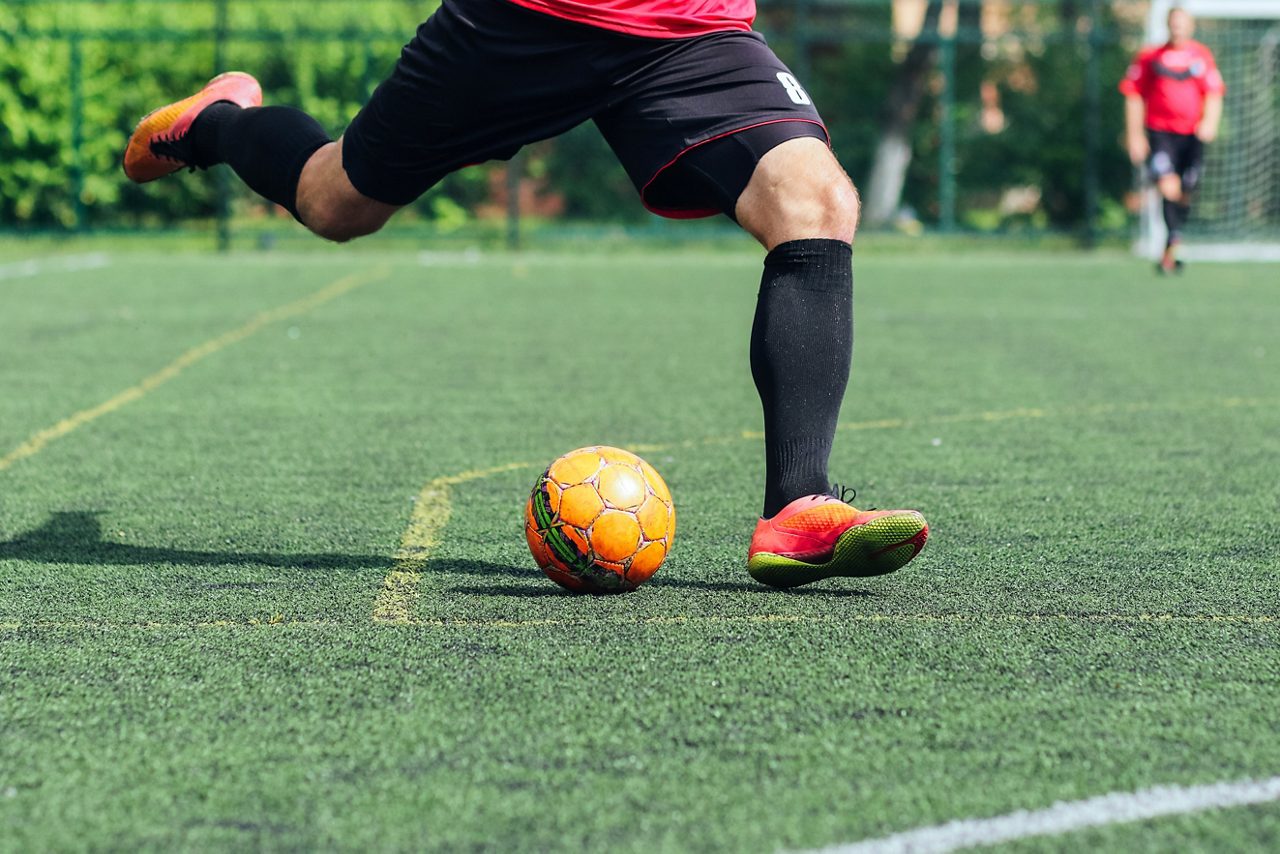Top-Grade Arizona Turf Options for a Beautiful and Lush Landscape
Delve Into the Environmental Benefits of Opting for Artificial Turf Solutions
The fostering of fabricated turf solutions provides a compelling chance to deal with pushing ecological difficulties. By dramatically reducing water use and reducing the application of dangerous chemicals, these options not only promote lasting landscape design but likewise secure neighborhood environments.
Water Conservation Conveniences
One of the most significant advantages of fabricated turf is its ability to save water. Traditional lawn yards call for substantial watering, especially in areas prone to drought or water constraints. In contrast, synthetic grass does not require watering, substantially reducing the total need for water resources. This feature is particularly helpful in deserts where water scarcity is a pushing issue.
By removing the demand for regular watering, synthetic grass adds to lasting landscape techniques and assists minimize the ecological impact of excessive water usage. Furthermore, the preservation of water includes the decrease of runoff, which can cause dirt disintegration and river pollution.
Additionally, the installation of synthetic grass permits municipalities and house owners to allocate water resources much more successfully, concentrating on necessary uses such as alcohol consumption water and farming. The shift towards synthetic grass not just promotes liable water use yet also aligns with wider ecological goals focused on preserving natural deposits.
As communities progressively prioritize sustainability, the water conservation benefits of man-made lawn offer an engaging case for its fostering in domestic and commercial landscape design tasks.
Reduced Chemical Use
The transition to synthetic grass dramatically reduces the reliance on chemical treatments generally made use of in natural grass upkeep. Typical grass administration generally involves the application of plant foods, chemicals, and herbicides to advertise growth and control pests. These chemicals can posture dangers to human wellness, neighborhood wildlife, and the atmosphere, contributing to soil and water contamination.
In comparison, artificial turf gets rid of the demand for these damaging materials. By lessening the release of synthetic compounds into the ecological community, artificial grass advertises much healthier soil and water systems.
Additionally, the lack of chemical overflow connected with artificial grass installments assists protect neighborhood rivers from contamination, supporting marine life and keeping biodiversity. Phoenix turf companies. As neighborhoods progressively prioritize lasting methods, going with man-made grass offers a practical service that aligns with environmental preservation objectives. With this shift, homeowner can enjoy lavish environment-friendly spaces without compromising ecological health, leading the means for an extra sustainable future
Lower Carbon Footprint

Moreover, the installation of man-made turf can cause significant water conservation. Natural lawns need significant amounts of water for watering, which not only contributes to the carbon impact connected with water removal and treatment yet also stress regional water resources. On the other hand, synthetic grass needs marginal maintenance, requiring no watering, thus considerably decreasing water use and its connected energy costs.
Additionally, the durability of synthetic turf adds to its lower carbon effect. With a life expectancy of approximately 15 years or more, the demand for constant substitutes is reduced, causing less waste and reduced energy usage in production and taking care of typical lawn choices. In Read More Here general, artificial lawn provides a sustainable choice for ecologically mindful landscaping.
Habitat Preservation
Environment conservation is a crucial consideration in the dispute over landscaping options, especially when comparing synthetic grass to all-natural yard. Natural turf lawns typically need considerable upkeep, including the use of herbicides, fertilizers, and chemicals, which can adversely influence neighborhood environments. These chemicals can seep right into the dirt and waterways, hurting native vegetation and animals and interfering with local environments.
Fabricated lawn gets rid of the requirement for dangerous chemicals, consequently shielding close-by wild animals and preserving the stability of surrounding ecosystems. The installation of synthetic lawn can lead to the conversion of previous turf areas into even more biodiverse landscapes, such as pollinator gardens or indigenous plant areas, which can support neighborhood wild animals.
Inevitably, the transition to synthetic grass not only preserves water and decreases upkeep initiatives but also fosters a more harmonious relationship in between human tasks and the natural atmosphere, promoting environment conservation at the same time.
Long-Term Sustainability
Lasting sustainability is a vital variable in evaluating the benefits of man-made grass over traditional yard yards. One of one of the most considerable benefits of synthetic grass is its durability; it can last up to 15-20 years with very little upkeep, whereas all-natural yard calls for frequent reseeding and replacement. This long life reduces the demand for continuous resources, such as water, fertilizers, and pesticides, which are important for preserving a healthy grass yard.
In addition, man-made turf adds to a decrease in carbon exhausts connected with grass care tools. Standard grass commonly call for gas-powered lawn mowers, leaners, and blowers, every one of which add to air contamination. Turf installation phoenix az. On the other hand, synthetic grass eliminates the requirement for such equipment, advertising a cleaner environment
Moreover, the manufacturing of synthetic lawn progressively uses recycled products, enhancing its sustainability profile. As suppliers adopt green practices, the environmental footprint of man-made lawn remains to diminish.

Final Thought
The fostering of synthetic grass solutions provides significant ecological benefits, including considerable water preservation, reduced reliance on unsafe chemicals, and a reduced carbon footprint. Moreover, synthetic grass aids in protecting natural habitats by minimizing land disturbance and advertising lasting sustainability via the usage of sturdy products. Jointly, link these aspects underscore the possibility of synthetic grass to contribute favorably to ecological health and wellness and offer a viable choice to standard landscaping practices in an increasingly resource-conscious globe.
In contrast, artificial lawn does not require watering, substantially decreasing the overall need for water resources. By decreasing the release of artificial substances into the ecological community, fabricated lawn promotes much healthier soil and water systems.
Additionally, the installation of artificial turf can result in significant water preservation. In contrast, synthetic turf needs minimal upkeep, needing no watering, consequently view it now substantially lowering water use and its connected energy costs.
